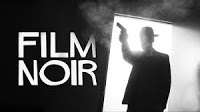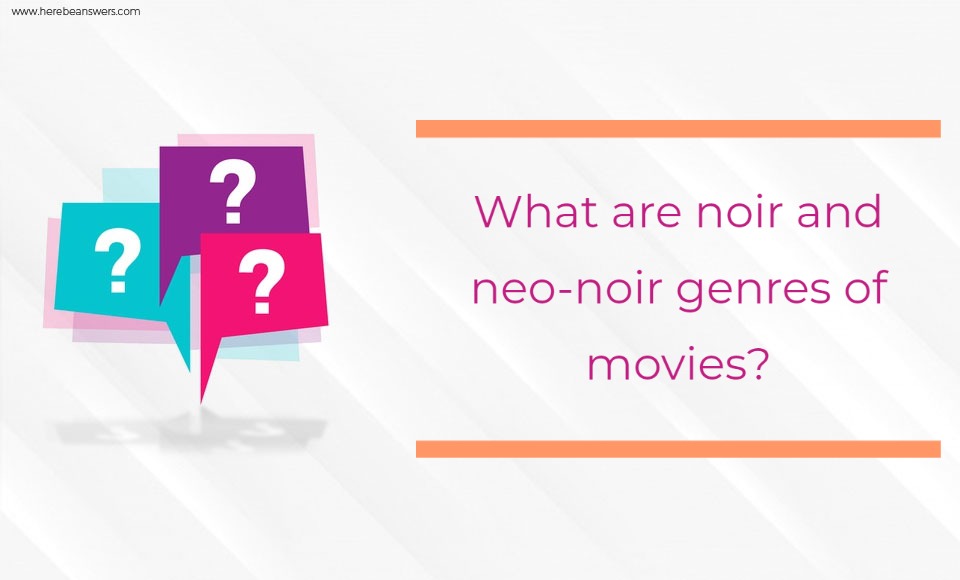
Film noir (French for “black film”) is a Hollywood genre developed in the United States after World War II and continues to be relevant in the movies today. It is said to have emerged out of hard-boiled fiction and German Expressionism styles. The term film noir was first used by French critics to describe an American suspense film in the 1940s whose often nighttime settings and fatalistic themes suggested a corruptive, dangerous, or immoral world.
Film magazine writer, Nino Frank, first coined the expression “film noir,” in the 1940s later to become the world standard. Although the term did not reach the Western vocabulary until the 1970s, industry insiders recognized it as a cycle of dark-themed movies. There are various theories as to why these films instantly were the huge hit after World War II.
Cultural historians suggested that film noir is a wartime phenomenon that mirrors Hollywood’s political and social conditions, and the media in general. After the Pearl Harbor bombing, Hollywood experienced a sharp transformation where horror and violence are widely acceptable. These hard times necessitated cheaper sets, fewer lights, and extremely young talents. The sudden economic crash also pushed movies and theaters to remove censors for sex and sex-related violence.
The aftermath of World War II left people identifying what they wanted and stopping at nothing. Themes featured material attraction and power where the characters underwent a corrupting influence on their moral standing. Many of the noir heroes define themselves with monetary worth and the people, especially women, whom they have total control with.
The Great Depression was also a key influence. The society’s financial and moral state embittered the American citizens – they cannot rely on the government or anyone else – and had to survive on their own. The horrors of the past and the scars in the present also brought massive anxiety of the future. These realities only came to light when film noirs emerged.
Characteristics of a Film Noir
Film noirs are always easier to recognize than it is to inclusively define. In a video store, examples of these films are shelved somewhere between psychological horror and dystopian science fiction. It is easier to think that film noirs are the product of combining genres with weird, erotic, ambivalent, and cruel qualities.
Films in this genre explore turbulent and unstable characters and the sinister side of human nature. In these films, we unconsciously sympathize with the criminals, whose perspectives dominate as the story progresses. Their visual styles incorporate oblique to low-lighting techniques, off-balance compositions, few daytimes, and bleak urban settings to heighten the disillusionment defect. Often, the noir aspect of the film heavily relies on a character, a scene, or a setting.
The Neo-Noir Films
The neo-noir films, or the “new black films,” came during the -1970s and were created using technologies compared to the classic noir. Noirs and neo-noirs share the same dark-themed qualities but differ on their updated visual elements and story plots. Some themes commonly seen in neo-noir films are identity crises, mental issues, and technological twists.
Traditional noir films tend to make their audiences build a relationship with the anti-heroes through its close-up shots and static camera movements. Meanwhile, the technology in the neo-noir era allows filmmakers to incorporate unconventional transitions and angles. The cinematography in neo-noir films was framed to make the audience feel like they were watching the actions and scenes rather than taking part in it.
Point Blank was one of the blockbuster noir films during the 1960s. It followed a traditional revenge plot with visuals of rigorous color scheme and chilly widescreen isolation. It was loaded with stimulating scenes and strong homo-erotic tones. The film boasted creative time treatment, including flashbacks, poetic narrations, and slow to fast motions.
Meanwhile, the movie hit Sin City was released in 2005 and became one of the most iconic neo-noir films until today. The story progressed with criminals, crooked cops, sexy dames, all searching for vengeance and redemption. Compared to traditional noirs that were completely black and white, Sin City is full of bright color flashes – the red lipstick, the orange fires – amidst the dark backgrounds. If it were not for the kinetic vibe and restless camera shots, one would mistake this film as a relic of the 1940s or 1950s.
